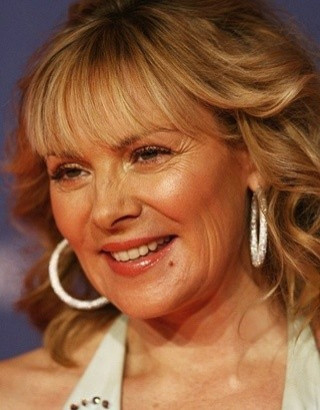Retouched Photos Exposed by Computer Scientists

Fashion magazines have become notorious tableaus of inhuman perfection where Photoshop whisks away blemishes, smooths out wrinkles and takes an inch or two off anyone's waistline.
The trend inspired a backlash that included Dove ad campaigns aimed at true beauty, a 2009 series of untouched French Elle cover models and websites that call out egregious touchup jobs.
Enter Eric Kee and Hany Farid, computer scientists at Dartmouth College in Hanover, N.H.
Instead of speculating how much retouching a cover model has received, secretive in most magazines and ad agencies, the duo figured out a way to quantify the level of manipulation.
Not only that, but the computer scientists created an automated system to judge how tweaked a photo is.
The authors frame their system as much more than a Gotcha! to catch photo editors and advertising agencies in the act of manipulation, but as a public health tool.
Impossibly thin, tall, and wrinkle- and blemish-free models are routinely splashed onto billboards, advertisements, and magazine covers, Farid said in a statement. That impossibility creates a fantasy of sorts that skews how people perceive themselves.
In June, the American Medical Association adopted a policy that would discourage unrealistic body images from teen-oriented publications.
The appearance of advertisements with extremely altered models can create unrealistic expectations of appropriate body image. In one image, a model's waist was slimmed so severely, her head appeared to be wider than her waist, AMA Board Member Barbara McAneny said in a statement. We must stop exposing impressionable children and teenagers to advertisements portraying models with body types only attainable with the help of photo editing software.
Study participants rated 468 original photos and their retouched versions from a scale of similar to very dissimilar. Kee and Farid used the participants' judgment and compared them against photometric and geometric measurements that give away an image's manipulation.
The eight measurements bode well in determining image retouching, verified through human observation, the researchers found.
The Proceedings of the National Academy of Sciences published the study online Monday.
The authors argued for a system whereby photos would be rated and labeled for the level of manipulation.
Such a rating may provide incentive for publishers and models to reduce some of the more extreme forms of digital retouching that are common today, Kee and Farid said in a statement.
It remains to be seen if this rating can mediate the adverse effects of being inundated with unrealistic body images, the two concluded.
© Copyright IBTimes 2024. All rights reserved.





















